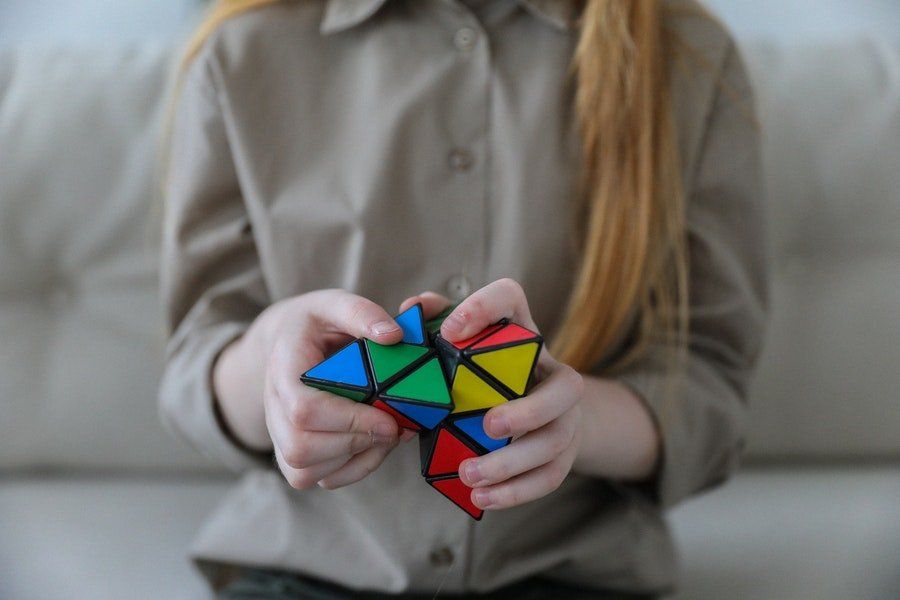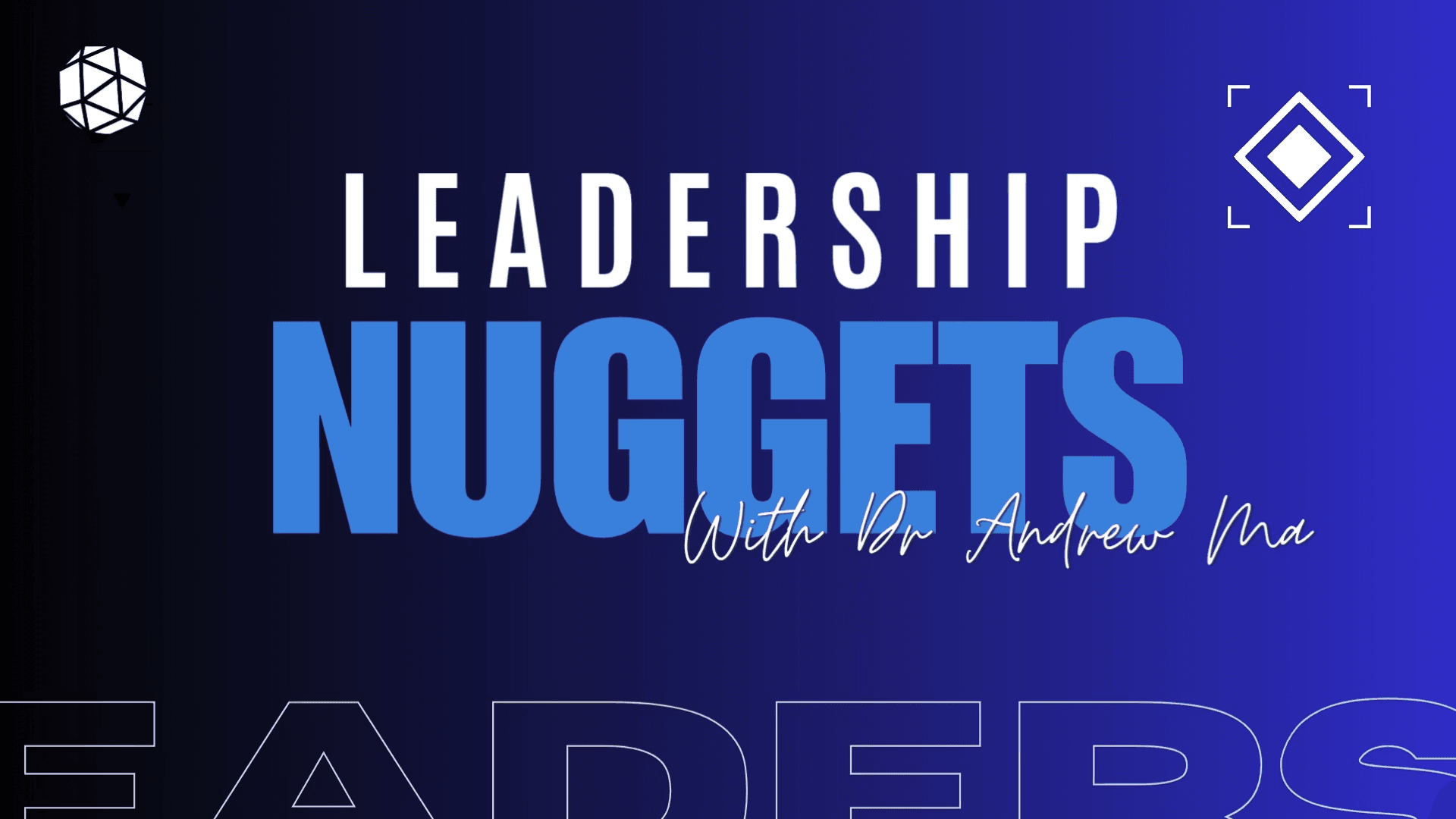Serious Games To Help Leadership Development

Leadership, like many other soft topics which are classed as critical skills, is a tough nut to crack. There is only so much theory you can learn about a soft skill before you need to bite the bullet and head out to the real world to practise your new-found knowledge.
Therein lies the challenge: to practise leadership skills, you need people to lead and these people may not be immediately available. And to top it off, if you turn out to be a poor leader, you risk widespread damage among the team.
So, how can we address leadership development using games? Or to put it another way, how can a game produce a better leader? Using the lessons Totem Learning learned from a multiplayer leadership game, I want to share the top tips on how games can help build this critical skill.
Here are the top three areas where I believe games can benefit leadership development:
- Allowing practising of skills
- Observing emerging leadership skills
- Evaluating leadership capabilities
These three aspects formed the foundation for a leadership game which I absolutely enjoyed designing.
From my own perspective, when I sit down to design a leadership game, it is really important that every person in that game has the opportunity to become a leader at least one point in the game. I don’t want to create a game where there is one leader and the rest of the team members are forced to be followers.
So that was my first challenge. How was I going to create an environment where there were multiple leaders?
We all have our strengths and weaknesses, and our jobs evolve over time. So, that idea really set the foundation for the structure and flow of the game.
I knew I wanted to create a scenario where the game changed, roles were fluid and opportunities were aplenty for those willing to grab them.
Defining the role
The incorporated design changes the nature of the connections between the team members throughout the experience. They begin as single players, isolated from one another and so, there is great individual responsibility. Gradually, we build mini teams by introducing players to one another over time, before connecting them all together into one team.
The benefit of this design is that each player makes his or her own conclusions about the environment, even though every player starts off with the same experience. This is a great eye-opener on how each of the team members set about working individually and reading their environments.
Introduce multiple goals
As in the real world, leaders have to balance differing priorities and goals. In our game design, we represent this through personal and team goals through setting up of an initial competitive environment, where you are in a race against other players to reach the goal.
Over time, we introduce the concept that the final goal cannot be achieved alone. It is very interesting to see how players react to sacrificing their personal gain for the benefit of the team.
Exploring behaviours
Throughout the game, players are faced with the overarching goal of escape and completion, but they also encounter a series of challenging puzzles along the way to push their individual coaching, team and leadership skills. Time pressure is applied to these situations where the faster the problem is addressed, the more points the team received. In addition to pressurised situations, non-pressurised situations are included, where players will have time to solve problems. Using mixed situations, we could thus assess how each player behaved differently.
Solid foundation
Throughout the design, we underpinned the game design with a foundation of leadership development strategy, crafted by subject-matter experts.
Leadership is about getting others to do things by creating an environment whereby progress is possible. In our game design, progress is not possible unless players cooperate and set aside personal gain for the good of the team. We built in situations where innovative responses are required from the players, often under pressure, in unfamiliar situations. Influencing skill was an essential ability team members required, in order to ensure a high score.
Another critical aspect of leadership is coaching – a method of directing, instructing and training a person or group of people, with the aim to achieve some goal or develop specific skills. We built in specific scenarios, where users had to coach others through situations. These puzzles involved:
- Identifying goals
- Removing obstacles
- Generating options
- Planning actions
- Actioning the plan
It is important for us to give everyone an opportunity to coach, and so we provide opportunities to repeat use of skills and practice within new contexts, therefore reinforcing strategies and behaviours.
Problem-solving is a core component to the game. A definition of problem-solving is that an individual or a team applies knowledge, skills and understanding to achieve a desired outcome(s) in an unfamiliar situation. Problem-solving is central to many games and underpins many of the design decisions we make.
We want our players to objectively identify possible causes of a problem and then propose potential, often creative, solutions to the team. The great thing about using problem-solving in games is that it leads to permanent information retention, because you come to the conclusion yourself. You make your own connections, rather than being told the correct answer. Problem-solving is the opposite of memorisation, where information is often forgotten after testing.
The final component that is important to our foundation is that we had to make the players feel part of a team quickly. We had to give the players a common purpose to which to align their efforts to. This is achieved through the use of the storyline, subtle repetition throughout the game of the need to work together, the gradual connection of players in the overall team, and the gradual increase in levels of difficulty, thereby building camaraderie.
Concluding thoughts
An experimental environment is no good without guidance and feedback. Because we want this game to be used without the need for a facilitator to be present, we had to make sure the game provides all the feedback that is needed. Through the process of highlighting successes and learning from mistakes, we were able to bring about a new level of personal effectiveness.
Helen Routledge is head of design and production at Totem Learning. With a background and passion in behavioural sciences and psychology, Helen has over a decade of experience of applying behavioural and cognitive theories to highly-interactive serious games and training solutions, on subjects including team building, leadership, sales training, IT security, disease control and health. To connect with Helen, email editor@leaderonomics.com. For more Consulting Corner articles, click here.
Leadership
Tags: HR, Talent Development
This article is published by the editors of Leaderonomics.com with the consent of the guest author.






